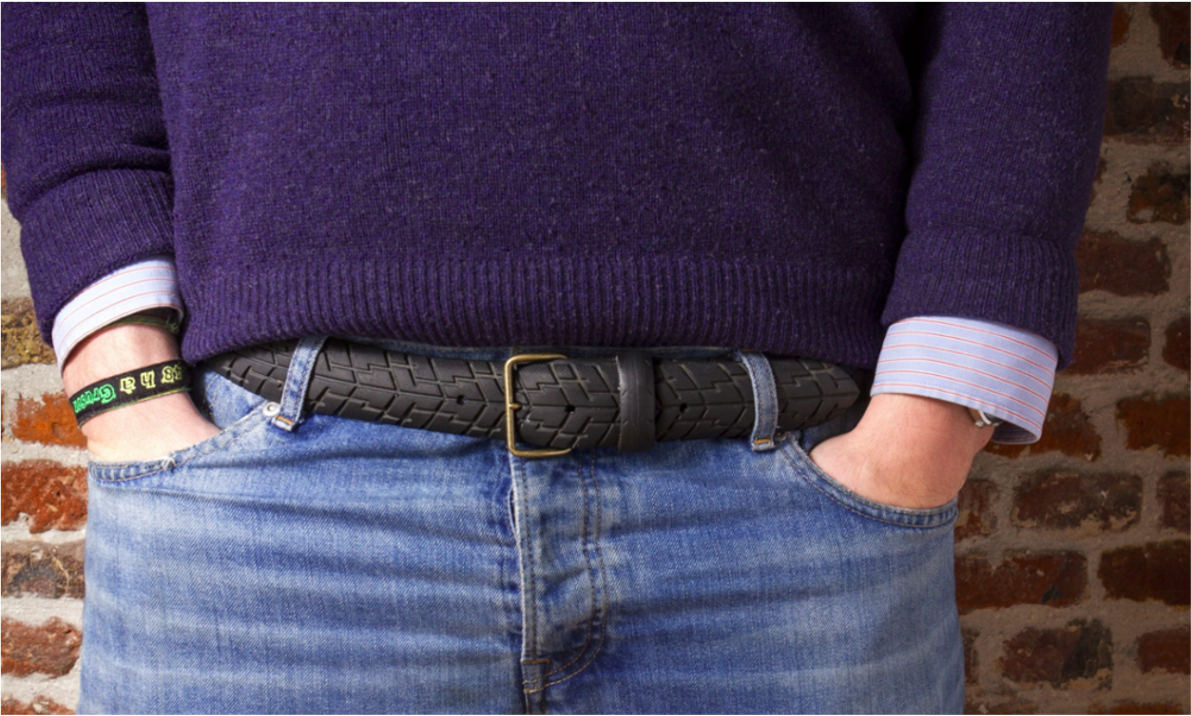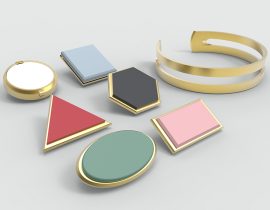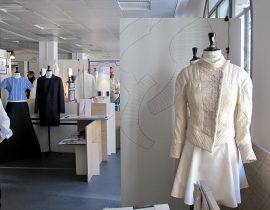What is upcycling? This is the recovery of materials or products that are no longer used to create objects or products of superior quality. So when we upcycle we reuse. But above all, we appropriate the object to give it a new high-end life and often very far from its first life. Because most of the time the use of the original product will be diverted and he will have a new one.
Upcycling represents a real opportunity for saving the environment. In fact, the principle being to reuse, we therefore avoid creating a new product. This saves the energy and raw materials inherent in a manufacturing process.

Bilum, the French creative house founded in 2005, brings back to life materials that have been recovered, forgotten, patinated and destined to be disposed of. With the help of French craftsmen, they make bags, accessories and some pieces of furniture. The particularly unusual materials are selected with great care: airbags, seat belts, seat covers for trains or planes, canvas for boats and even life jackets. It collects its materials from businesses, which saves them the need to go to the recycling center, and thus provides a new way of giving these objects a second life. In addition to the ecological aspect of the process, it is also a way of giving new perspectives to its brand image

Venitz, an eco-responsible fashion brand, is a boutique located in Biarritz and specializing in upcycling. Born in California during a romantic trip, determining and inspiring, Venitz, combines aesthetics inspired by the atmosphere of Venice Beach and the codes of the unconditional elegance of Biarritz. The artisanal couture upcycling line is the started point of the brand. In the boutique workshop, Morgane perpetuates this desire to enhance textiles by meticulously assembling fabric scraps from major fashion houses on vintage pieces. Handcrafted, these then unique, ennobled and desirable pieces are the reflection of haute couture know-how. Recently, the young designer has been showing off her creative process by personalizing the jackets brought by her clients, giving new life to their favorite pieces.

La vie est belt is a startup specializing in upcycling. Using used bicycle tires, the stratup creates belts. An innovation based on artisanal know-how which allows the recovery of waste.
To create a belt, the tire is cut into a strip and then washed to remove odors and dirt from the rubber. Once cut, the strips are assembled using presses and tools originally used for leather. To make the belts, Hubert Motte was inspired by craftsmanship.
More recently, the young company has also taken an interest in the fashion industry, the second most polluting industry in the world. In France, 200,000 tonnes of textiles are collected each year to be shredded when they are not put on the second-hand market. In this niche, La vie est Belt now offers boxer shorts made from second-hand fabrics. The textiles are then washed, ironed and assembled in pairs to make these 2.0 boxers.





